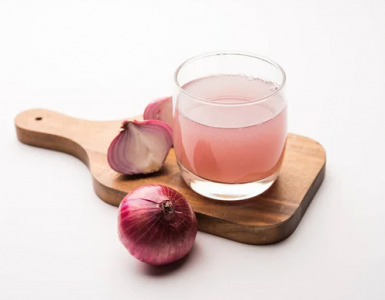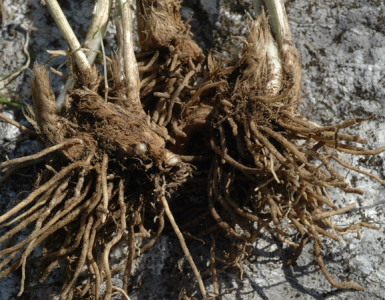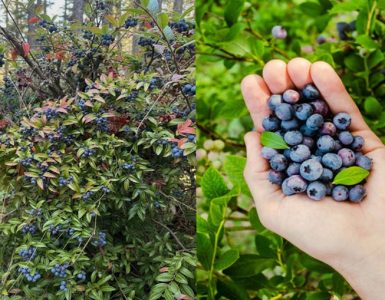Cassava (Manihot esculenta) is a tropical root crop known for its high carbohydrate content and versatility in cooking. It is a staple food in many developing countries and can be grown in a variety of climates, making it a valuable crop for both subsistence farmers and commercial agriculture. Here are some tips to help you successfully grow cassava.
- Choosing the Right Variety
There are many varieties of cassava, each with its own growth requirements and resistance to pests and diseases. Select a variety that is well-suited to your local climate and soil conditions. For example, some varieties are more drought-resistant, while others may be better suited to wetter environments. - Preparing the Soil
Cassava prefers well-drained, sandy-loam soils with a pH between 5.5 and 6.5. Before planting, prepare the soil by clearing weeds and debris, then plow or till the land to a depth of about 30 cm (12 inches). Incorporate organic matter, such as compost or well-rotted manure, to improve soil fertility and structure. - Planting
Cassava is typically propagated from stem cuttings rather than seeds. Select healthy, disease-free stems that are about 2.5 cm (1 inch) in diameter and 20-30 cm (8-12 inches) long. Plant the cuttings at a 45-degree angle, burying about two-thirds of their length in the soil. Space the cuttings 1 meter (3 feet) apart in rows that are also spaced 1 meter apart. - Watering
Cassava is relatively drought-tolerant once established, but consistent moisture is important during the early stages of growth. Water the plants regularly during the first few months, ensuring the soil remains moist but not waterlogged. Once the plants are established, they can tolerate periods of dry weather. - Fertilization
Cassava can grow in poor soils, but it responds well to fertilization. Apply a balanced fertilizer (such as NPK 10-10-10) at planting and again every 3-4 months. Be cautious not to over-fertilize, as excessive nitrogen can lead to lush foliage at the expense of root development. - Weed Control
Weed control is crucial during the first few months after planting, as cassava plants can be easily overtaken by weeds. Use mulching, hand weeding, or shallow cultivation to keep the weeds at bay. Once the cassava plants are well-established, their dense canopy will help suppress weed growth. - Pest and Disease Management
Cassava is susceptible to various pests and diseases, including cassava mosaic disease, bacterial blight, and mealybugs. Monitor your plants regularly for signs of trouble and take action promptly. This may include removing and destroying infected plants, using insecticidal soaps, or applying appropriate pesticides as needed. - Harvesting
Cassava can be harvested between 8 to 18 months after planting, depending on the variety and growing conditions. The roots are ready for harvest when they are about 2.5 to 5 cm (1 to 2 inches) in diameter and firm to the touch. To harvest, carefully dig around the base of the plant and lift the roots out of the soil. Handle the roots gently to avoid damage. - Post-Harvest Handling
Cassava roots deteriorate quickly once harvested, so it’s important to process them promptly. They can be stored for a short period in a cool, dry place or processed into cassava flour, chips, or other products for longer shelf life.
Growing cassava can be a rewarding endeavor, providing a reliable source of food and income. By selecting the right variety, preparing the soil properly, and following good cultivation practices, you can ensure a healthy and productive cassava crop. Remember to monitor for pests and diseases, and take timely action to protect your plants. With these tips, you’ll be well on your way to successfully growing cassava.






Add comment